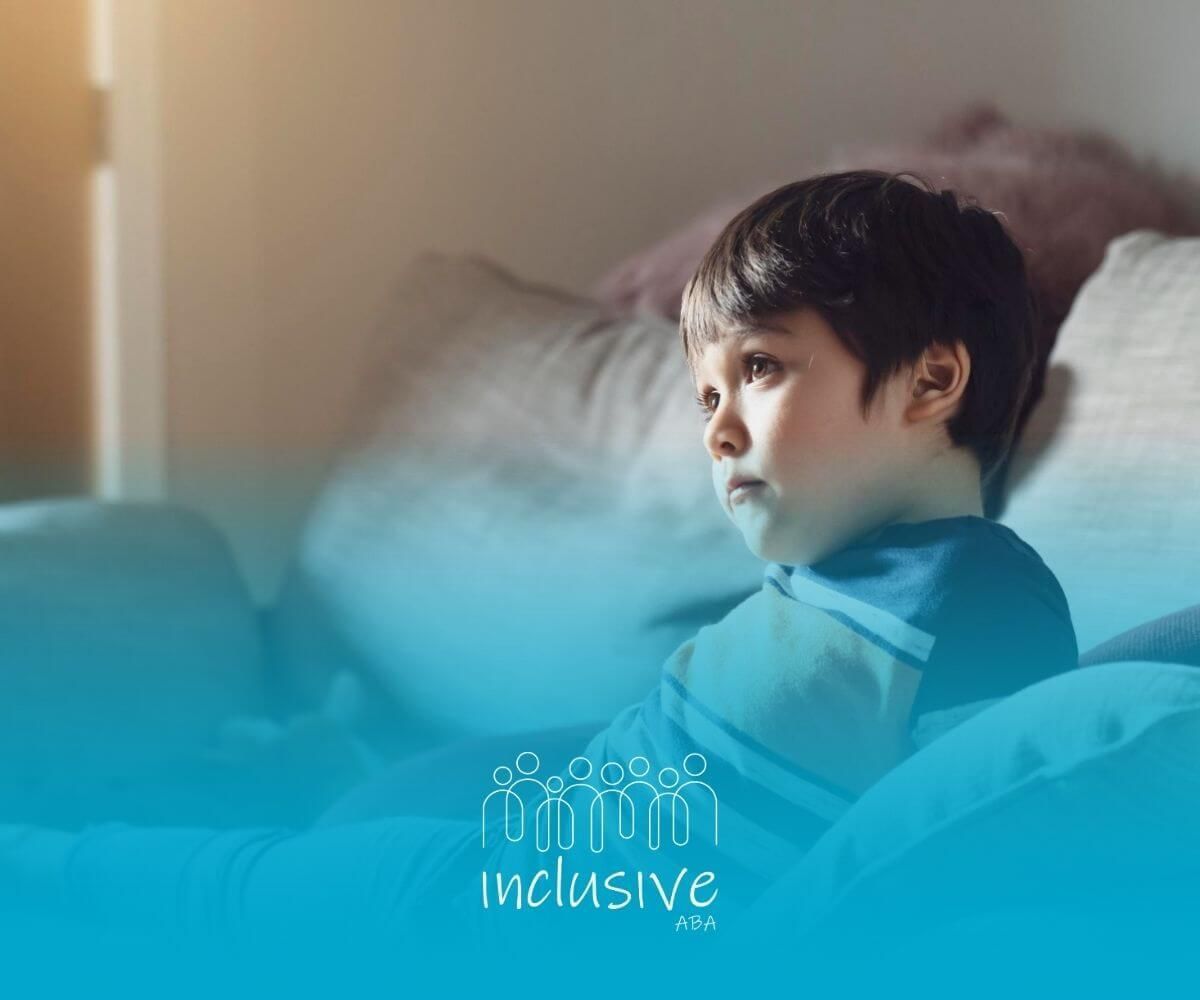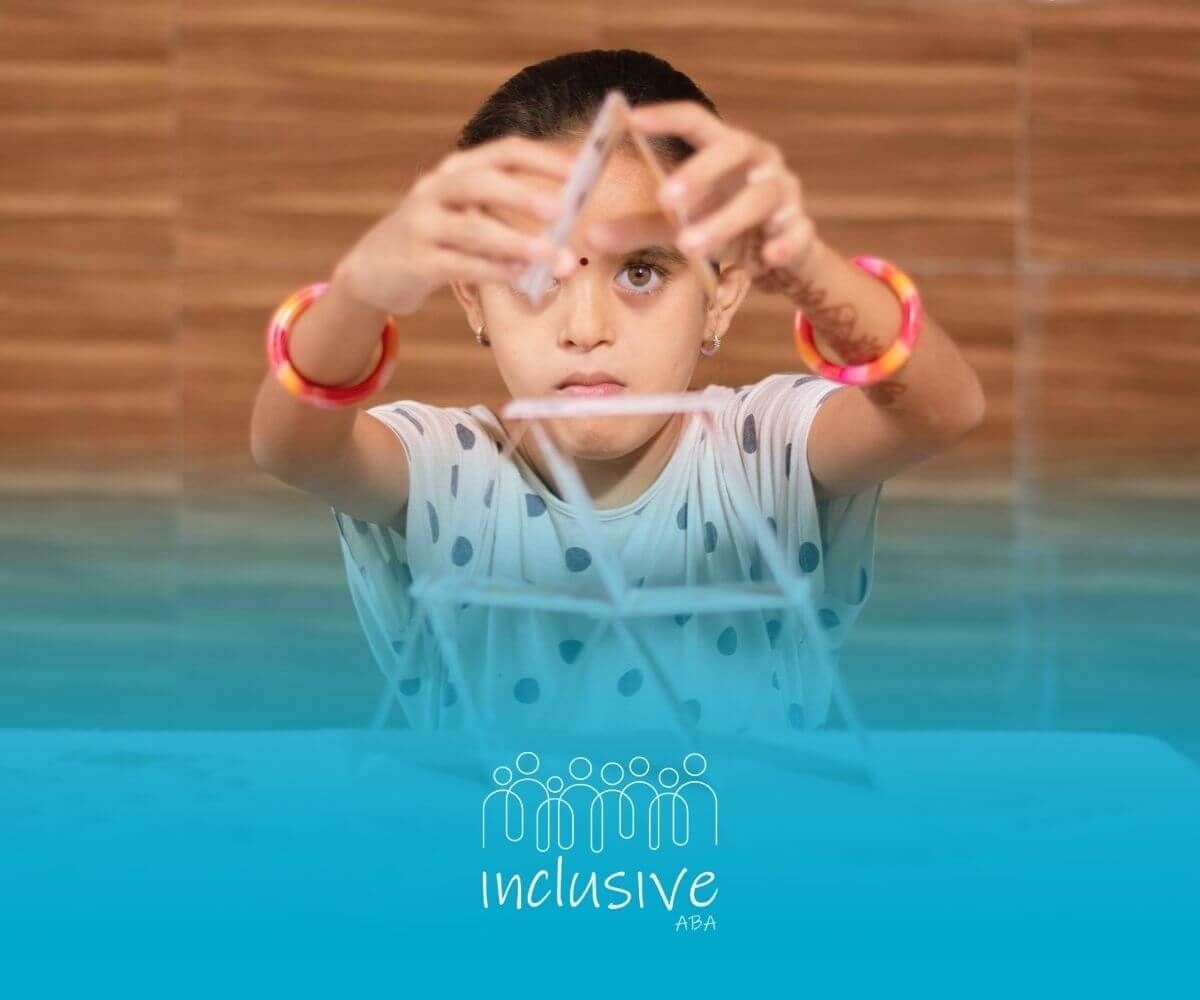The Hardest Part of Raising an Autistic Child
Key Highlights
- Raising a child with autism spectrum disorder presents multifaceted challenges that significantly impact the whole family.
- Emotional support for parents and understanding the child’s needs are essential for fostering better outcomes.
- Communication barriers are a common obstacle, requiring tailored strategies to improve interaction.
- Difficult behaviors often test caregivers, mandating effective management techniques like positive reinforcement.
- Family members, including extended relatives, face role adjustments to accommodate the child’s needs.
- Accessing appropriate support groups, emotional resources, and therapies can transform the journey into a manageable experience.
Whether you're newly navigating an autism diagnosis or years into the journey, one thing stays constant: the emotional toll of doing everything you can while feeling like it’s never enough.
A past client in home-based ABA therapy told me she felt guilty for even needing a break. Her child depended on her so much, she didn’t think she was allowed to rest. We built a self-care routine into her family’s schedule, and not only did she feel better—her child did too.
Support makes all the difference.
This blog explores the hardest parts of raising a child with autism—what they are, why they matter, and how families can navigate them with strength and support.
The Emotional Journey for Parents
Processing the Diagnosis and Initial Reactions
Learning your child has autism can bring a wave of emotions: shock, grief, confusion, and concern for the future. Many parents are unsure of what steps to take next and may feel overwhelmed by unfamiliar terminology and decisions.
Over time, education, therapy, and community support help families shift from uncertainty to informed acceptance. The diagnosis may be the start of a challenging road, but it’s also the beginning of a more connected and meaningful relationship with your child.
Navigating Grief, Guilt, and Acceptance
Many parents question their past actions, wondering if they could have prevented their child’s diagnosis. This guilt can be heavy. It’s important to understand that autism is not caused by parenting.
Autism support groups and counseling can provide a safe space to process these feelings. Acceptance often grows when parents shift their focus from “why” to “how”—how to help their child thrive and how to build a positive future.
Managing Parental Stress and Burnout
Daily responsibilities—therapies, school meetings, behavior management—can leave parents feeling exhausted. Burnout is common but preventable.
Seeking respite care, engaging in personal hobbies, and practicing self-care routines are vital. Connecting with others through support groups also provides validation, shared strategies, and emotional release.
Family Dynamics and Relationships
Supporting Siblings and Extended Family
Siblings of a child with autism may feel overlooked or confused by their sibling’s behaviors. Open conversations, emotional support, and dedicated one-on-one time can help siblings adjust and stay connected.
Extended family members may not fully understand autism or may struggle to adapt. Educating relatives and involving them in care can strengthen family bonds and improve understanding.
Maintaining a Strong Marital Relationship
Raising a child with autism can strain even strong relationships. Effective communication, shared responsibilities, and dedicated time together help couples stay connected.
Couples therapy or joining a parent support group can offer tools to work through stress together. Supporting one another is key to a stable and unified home environment.
Building a Supportive Home Environment
Creating a Safe and Predictable Space
Children with autism often thrive in structured, sensory-friendly environments. Predictable routines, visual supports, and calming spaces reduce anxiety and help children engage more comfortably.
Involving all family members in creating these routines builds consistency and understanding across the household.
Social Challenges and Stigma
Facing Public Misunderstanding
Many parents experience judgment from strangers when their child has a meltdown or struggles in public. Misunderstanding around autism leads to social stigma, which can cause isolation and stress.
Raising awareness, advocating for inclusion, and modeling understanding for others help reduce this stigma over time.
Helping Children Build Social Skills
Children with autism may need extra help learning how to connect with peers. Role-playing, visual stories, and consistent practice can support social growth.
Encouragement, patience, and reinforcement in safe environments help children develop meaningful relationships.
Creating Inclusive Social Opportunities
Hosting inclusive playdates, joining community programs, or working with schools to support social inclusion helps children feel seen and valued.
When events are structured with autism-friendly strategies—like visual cues or quiet spaces—they become more accessible and rewarding for everyone involved.
Communication Barriers and Strategies
Understanding Different Communication Styles
Children with autism may use nonverbal cues, gestures, or devices instead of words. Learning to recognize and respect these methods improves connection.
Visual schedules, picture cards, and assistive technology can help bridge communication gaps and empower children to express themselves.
Tools and Techniques for Effective Communication
Using clear, simple language and reinforcing positive communication habits are effective strategies. Modeling appropriate responses and offering praise for effort encourage ongoing progress.
Consistency is key: daily practice builds confidence and clarity over time.
Managing Communication Frustrations
It’s natural to feel frustrated when communication breaks down. Staying calm, using visual supports, and engaging in speech or behavioral therapy can turn these moments into learning opportunities.
Over time, small wins add up—and help build mutual understanding.
Behavioral Challenges and Management
Recognizing Triggers and Preventing Meltdowns
Behavioral challenges often stem from sensory overload, transitions, or unmet needs. Identifying what triggers a meltdown allows for proactive planning.
Keeping a behavior journal and observing patterns helps parents better understand their child’s stress signals and avoid common pitfalls.
Positive Behavior Support Techniques
Positive reinforcement—praising or rewarding desired behaviors—encourages long-term improvement. Visual schedules, social stories, and clear expectations guide children through everyday tasks.
Collaboration with behavior therapists can provide customized strategies tailored to your child’s needs.
Consistency and Patience in Discipline
Children on the autism spectrum respond best to consistent routines and clear boundaries. Discipline should be calm, structured, and aligned with the child’s developmental level.
Patience helps children feel secure and supported as they learn to manage their emotions and behaviors.
Navigating the Education System
Securing the Right Educational Resources
Getting your child the support they need in school is often a complex process. Special education services, like an Individualized Education Plan (IEP), are essential for meeting academic and social goals.
Understanding your rights and collaborating with educators ensures your child receives appropriate accommodations and instruction.
Advocating for IEPs and Special Services
Parents play a vital role in shaping their child’s education. Advocate for evaluations, push for services, and monitor progress through regular meetings.
Joining advocacy groups or consulting special education experts can strengthen your ability to support your child effectively.
Partnering with Teachers and Therapists
Strong relationships with educators and therapists make a real difference. Share insights about your child’s strengths and needs, and maintain regular communication.
A united team approach leads to better outcomes in both academic performance and emotional well-being.
Financial and Practical Considerations
Understanding the Costs of Therapy and Care
Therapies such as ABA therapy, occupational therapy, and speech-language services can be expensive. So can respite care, educational tools, and adaptive equipment.
Being aware of these costs helps families plan ahead and seek out affordable options.
Accessing Financial Support and Insurance
Families may be eligible for Medicaid waivers, private insurance coverage, or state assistance programs. Connecting with local autism organizations and parent advocacy groups can uncover valuable financial resources.
Planning early and staying informed reduces the financial burden and ensures your child receives necessary services.
Conclusion
Raising a child with autism involves emotional resilience, constant learning, and deep love. While the journey has unique challenges, it also offers extraordinary opportunities for growth, connection, and joy.
By seeking support, advocating for your child, and nurturing family relationships, you can transform obstacles into achievements—and help your child thrive.
At Inclusive ABA, we know that parenting a child with autism can feel overwhelming—but you don’t have to do it alone.
Our evidence-based ABA therapy services in Colorado are personalized, compassionate, and designed to support your child’s unique journey. Whether you’re navigating a new diagnosis or looking to strengthen existing routines, we’re here to help your family thrive.
Contact Inclusive ABA today to learn how we can support your child’s growth—and your peace of mind.
Frequently Asked Questions
What are effective ways to support my autistic child’s communication?
Use visual supports, keep instructions simple, and maintain routines. Collaborate with speech therapists for tailored communication plans.
How can I help my child develop social skills?
Create safe opportunities to interact with peers. Role-playing, group activities, and social skills programs are helpful tools.
What support is available for parents of children with autism in the U.S.?
Resources include local support groups, national advocacy organizations, Medicaid waivers, and educational rights programs like IEPs.
Sources:
- https://www.autismspeaks.org/tool-kit/guide-individualized-education-programs-iep
- https://www.helpguide.org/mental-health/autism/helping-your-child-with-autism-thrive
- https://www.webmd.com/brain/autism/parenting-child-with-autism
- https://www.psychologytoday.com/us/basics/autism/parenting-a-child-with-autism
- https://autismspectrumnews.org/11-compassionate-parenting-tips-for-families-with-autistic-children/
- https://www.autismparentingmagazine.com/how-to-raise-child-with-autism/
Looking for Expert Help? We're Here for You!
Our compassionate and skilled team is devoted to enhancing your child's development through customized ABA therapy. Let us partner with you to create a supportive environment for your child's success.
Discover how we can help your family thrive with expert ABA therapy.
Related Posts







